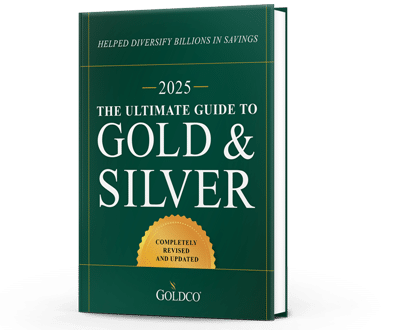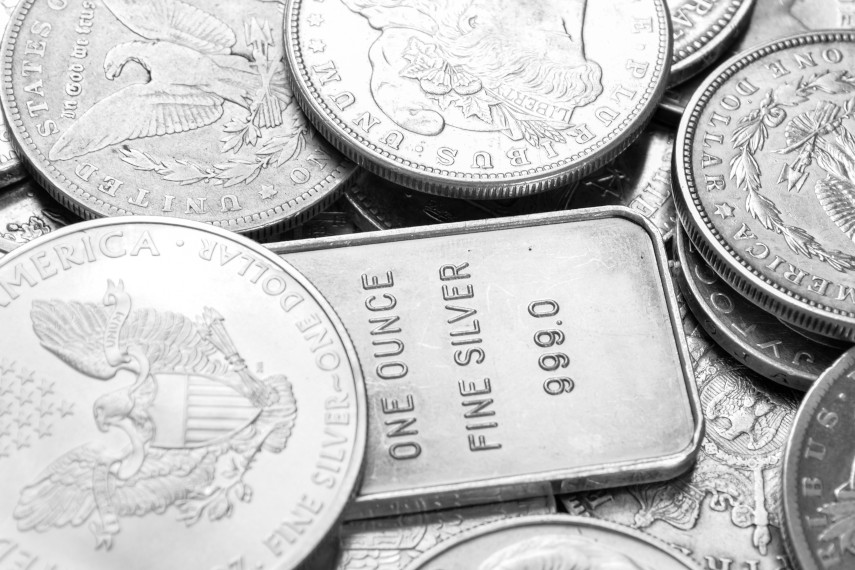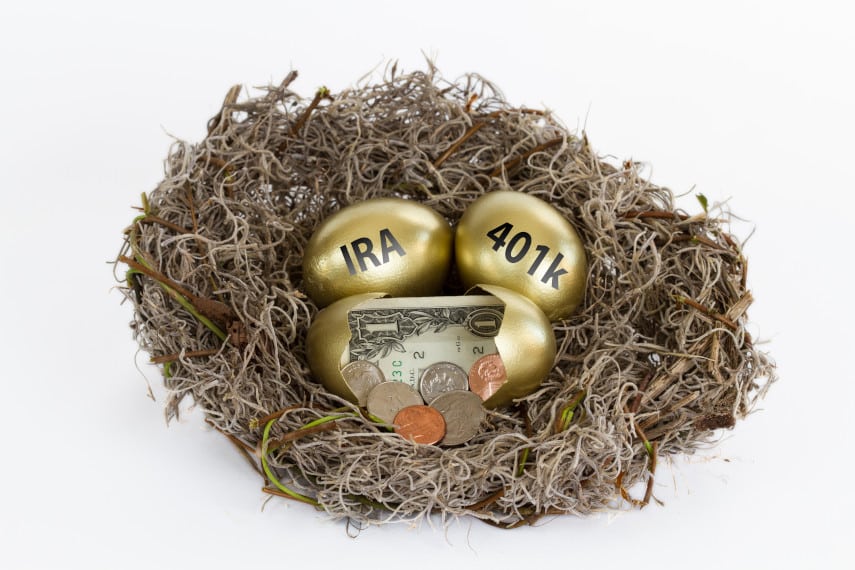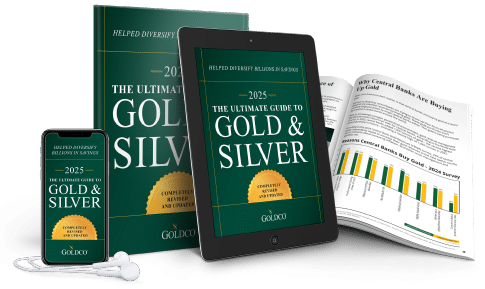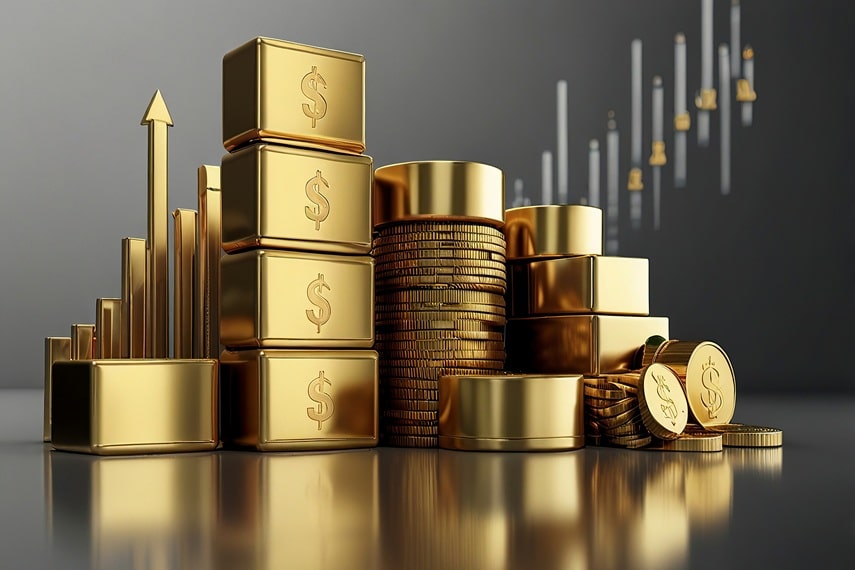
On October 7th, 2025, a notable milestone was widely reported: at prevailing spot prices—above $4,000 per troy ounce—the market value of the United States’ 261.5 million-ounce gold reserve now exceeds $1 trillion. The threshold is primarily psychological rather than accounting-based, and that is precisely why it is consequential. The US continues to carry its gold at the statutory price of $42.22 per fine troy ounce, set in the 1970s, whereas markets value bullion at the price investors are willing to pay today. The gap between those figures functions as a running referendum on inflation risk, fiscal sustainability, geopolitical tensions, and the credibility of monetary policy. In that sense, the trillion-dollar headline is not a curiosity; it is a concise indicator of current macroeconomic uncertainty and the hedging behavior that uncertainty elicits.
Several forces have propelled gold to this level. Price action has been strong, with successive highs occurring alongside debate over the timing and pace of Federal Reserve easing, a softer dollar, and periodic budgetary disruptions that reinforce demand for safe assets. The fact that this has occurred even as equities have remained buoyant suggests that investors are adding protection rather than abandoning risk. Persistent fiscal deficits and a complex policy setting—tariff uncertainty, interventionist industrial measures, and unresolved questions about the future path of real interest rates—provide a textbook backdrop for a higher equilibrium price of gold. No single explanatory narrative is required: gold is one of the few assets that hedges multiple macro risks simultaneously.
The accounting treatment is more prosaic but still informative. The Treasury owns the metal. The Federal Reserve does not hold bullion; it carries non-redeemable gold certificates valued at the statutory price. Consequently, the government’s balance sheet still shows roughly $11 billion of gold rather than a market value exceeding $1 trillion. Any formal revaluation would be a policy decision, not an automatic adjustment, and it would not create spendable cash or mechanically expand the money supply. It would simply recognize a market price already visible to all participants. That institutional design—Treasury custody of bullion and Federal Reserve holding of certificates—exists in part to insulate the asset from day-to-day monetary policy operations.
But even without an accounting change, the trillion-dollar milestone has economic significance. First, it underscores the role of gold in diversified portfolios. Unlike bonds and equities, bullion has no cash flow and no counterparty risk: its function is to diversify, particularly when traditional hedges become imperfect. In episodes when the correlation between standard defensive assets and equities drifts upward, meaning that all financial assets begin to move together, a measured allocation to gold can reduce the impact of left-tail risk exposure (liquidity crises, geopolitical shocks, etc.). Second, it clarifies how investors interpret policy signals. When monetary and fiscal cues appear misaligned—as is the case currently, where discussions about rate cuts are occurring alongside stubborn inflation and persistent deficits—gold serves as an asset that does not require a directional bet on any single policy path. In 2025, concerns include whether the Federal Reserve can lower rates without reigniting inflation, whether tariff and supply-chain policies will keep relative prices elevated, and whether headline growth conceals a softer private-sector investment pulse. None of these necessarily implies recession; indeed, estimates of US economic growth have been climbing throughout the year. Nevertheless, high uncertainty and conflicting messages increase the perceived value of insurance.
Political behavior has reinforced this environment. For several years running, central banks have added more than 1,000 tonnes of gold annually—an exceptional pace by historical standards. Purchases have come from a broad set of reserve managers, including those seeking to hedge sanctions risk and those rebalancing away from single-currency concentration. Official buying does not alone determine the price, but it does tighten the tradable float (the available global supply of gold) and establish a durable bid. That structure helps prices establish higher plateaus when macro catalysts appear. The signal to private investors is quite straightforward: when the stewards of national balance sheets treat bullion as strategic insurance, it is reasonable for diversified portfolios to assign it a role as well.
So: does a trillion-dollar market value change anything fundamental for Washington? Not in the near term. The Treasury’s bars are not a ready source of liquidity; indeed, selling at scale could destabilize the market, and pledging bullion for other uses would generate institutional complexities and probably legal challenges as well. Nevertheless, the headline shifts the conversation. It reminds creditors that the United States holds a substantial stock of real assets, even if not carried at market value. It also provides rhetorical leverage in budget negotiations and debt-ceiling debates and increases the pressure to maintain a credible nominal anchor: the higher gold rises, the louder the market expresses doubt about fiat discipline. That does not dictate a policy pivot, but it does narrow the space for complacency.
Caveats are essential, though. Gold is volatile, and advances that appear linear can unwind sharply if real yields rise, growth steadies, or the dollar strengthens substantially. The opportunity cost remains: bullion pays no dividends, and over long horizons productive financial assets often outperform it. It is also a mistake to treat gold as a referendum on any single policy variable. In 2025, the performance of precious metals reflects a combination of cyclical interest-rate dynamics, geopolitical premia, and tactical flows through ETFs and futures. The mix can change quickly; appropriate posture requires judgment and humility.
The broader message is difficult to dismiss. A trillion-dollar valuation for the national gold hoard is not a forecast of a return to a gold standard. It is a price on insurance against policy error and regime uncertainty. Translating this into today’s debates: if the Federal Reserve engineers a path to lower rates without reigniting inflation, if fiscal policy moves toward greater sustainability, and if trade policy becomes less erratic, gold is likely to consolidate without losing its strategic rationale. If, instead, the coming quarters bring uneven growth, greater inroads into industrial policy, budget-driven shutdowns, and on-again, off-again tariffs that keep relative prices unsettled, then a modest allocation to bullion—or to gold-adjacent exposures such as royalty companies and low-cost producers—will appear prudent rather than speculative. For institutions and individuals alike, the practical implication is moderation. Gold is most effective as a sleeve, not a centerpiece: sufficient to alter distributional outcomes in adverse states but limited enough that carry and opportunity costs do not dominate in benign conditions.
Finally, there is symbolism. The trillion-dollar valuation mark connects a so-called legacy asset to contemporary concerns—debt arithmetic, currency polarization, geopolitics, and institutional credibility. The United States is not about to monetize its bars to finance routine expenditures; that would be cumbersome but more importantly misunderstands their purpose. The point is that even in a fiat regime, a tangible store of value remains a stabilizing reference. Today’s price registers a judgment on policy coherence and macro uncertainty. If a different verdict is desired, the path is familiar: clearer rules, steadier money, fewer distortions, and a growth strategy grounded in productivity rather than protection. Until then, the bars in Fort Knox, West Point, the Denver Mint, and elsewhere will continue to perform their quiet function: anchoring expectations when confidence is tested.
 About the author: Peter C. Earle, Ph.D, is the Director of Economics and Economic Freedom and a Senior Research Fellow who joined AIER in 2018. He holds a Ph.D in Economics from l’Universite d’Angers, an MA in Applied Economics from American University, an MBA (Finance), and a BS in Engineering from the United States Military Academy at West Point.
About the author: Peter C. Earle, Ph.D, is the Director of Economics and Economic Freedom and a Senior Research Fellow who joined AIER in 2018. He holds a Ph.D in Economics from l’Universite d’Angers, an MA in Applied Economics from American University, an MBA (Finance), and a BS in Engineering from the United States Military Academy at West Point.
Prior to joining AIER, Dr. Earle spent over 20 years as a trader and analyst at a number of securities firms and hedge funds in the New York metropolitan area as well as engaging in extensive consulting within the cryptocurrency and gaming sectors. His research focuses on financial markets, monetary policy, macroeconomic forecasting, and problems in economic measurement. He has been quoted by the Wall Street Journal, the Financial Times, Barron’s, Bloomberg, Reuters, CNBC, Grant’s Interest Rate Observer, NPR, and in numerous other media outlets and publications.
Disclaimer: All opinions expressed by the author are the author’s opinions and do not reflect the opinions of Goldco. The author’s opinions are based on the author’s personal experience, education and information the author considers reliable. Goldco does not warrant that the information contained herein is complete or accurate, and it should not be relied upon as such.

 About the author: Peter C. Earle, Ph.D, is the Director of Economics and Economic Freedom and a Senior Research Fellow who joined AIER in 2018. He holds a Ph.D in Economics from l’Universite d’Angers, an MA in Applied Economics from American University, an MBA (Finance), and a BS in Engineering from the United States Military Academy at West Point.
About the author: Peter C. Earle, Ph.D, is the Director of Economics and Economic Freedom and a Senior Research Fellow who joined AIER in 2018. He holds a Ph.D in Economics from l’Universite d’Angers, an MA in Applied Economics from American University, an MBA (Finance), and a BS in Engineering from the United States Military Academy at West Point.